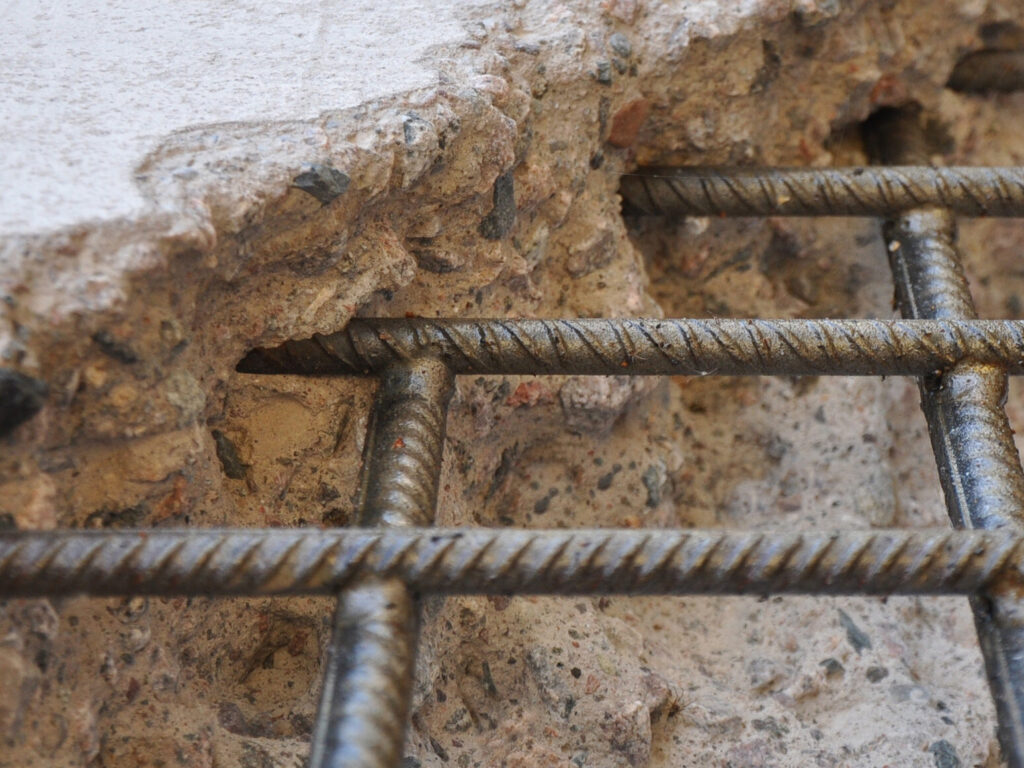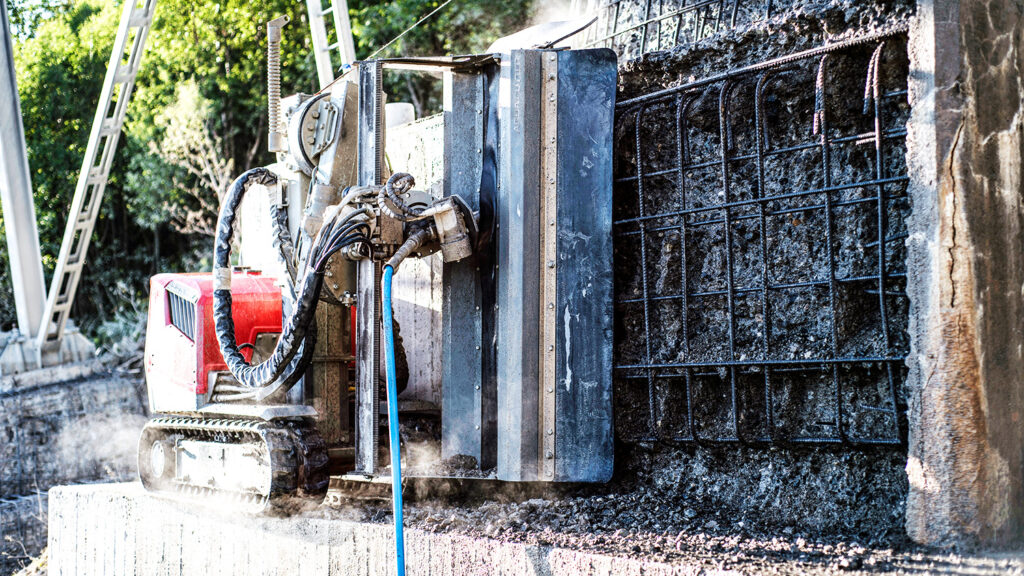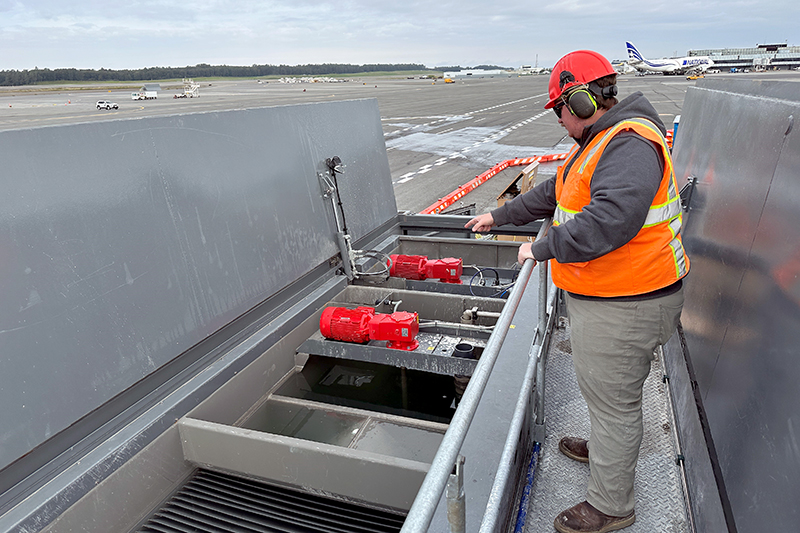We rely on concrete for many aspects of life — the roads we drive on, the dams that help produce power or control flooding, and structures that form our cities, to name a few. This durable, versatile, cost-effective material has had incredible importance to civilizations for centuries. Yet we’re aware production of the material uses a lot of energy and affects the environment. To date, however, there is not a viable alternative. But one way to have our concrete and to be conscious of sustainability, too, is to restore existing concrete structures.

Hydrodemolition offers an ideal method of repair, extending and optimizing the life of the concrete while minimizing waste.
Hydrodemolition offers the most ideal method of repair, extending and optimizing the life of the concrete structures while minimizing waste. Hydrodemolition uses high-pressure water jets to precisely remove concrete. The impact-free process eliminates microfractures that jeopardize the integrity of a structure while also cleaning and descaling rebar without damaging it. In addition to precise removal, Hydrodemolition leaves behind a rough, craggy surface that provides an ideal texture for bonding new material. Independent pull-off tests show that the bonding strength achieved through Hydrodemolition is much higher than that of jackhammers or other mechanical methods. According to the Swedish Cement and Concrete Research Institute, using Hydrodemolition for concrete repair results in a life expectancy of 21-35 years versus 7-12 years with mechanical chiseling.

Hydrodemolition technology also enables a very selective removal process, eliminating unnecessary waste. By using a lower water pressure, a Hydrodemolition robot will remove only the concrete that is defective, damaged or deteriorated, leaving sound concrete intact and ready for new material to be applied. Exciting new technology in concrete recycling is even making it possible to reuse the slurry produced from Hydrodemolition. A specialty chemical company has developed a new process that incorporates old concrete into new concrete mixes, providing similar performance to traditional material. Minimal removal coupled with the ability to effectively recycle what is removed is a big step toward sustainability.

Finally, concrete isn’t the only thing that can be recycled. The water used in the Hydrodemolition process can also be treated and reused. Some Hydrodemolition manufacturers have developed advanced water treatment technology. The blast water is captured and treated in a fully automated, high-capacity system that neutralizes the pH and reduces suspended solids from 15,000 to 20-40 mg/L. Some of the blast water is lost through evaporation, but 80% to 90% can be captured and treated. Clean, treated water can then be discharged into the environment or reused for the Hydrodemolition process. Not only does this reduce water consumption, it also reduces the need to haul water in and out of jobsites.
Concrete plays a major role in our daily lives and has for centuries. That isn’t likely to change any time soon. But those of us involved in the construction industry are called upon to reduce our ecological footprint, and that is not an easy task. The idea of reusing and recycling, however, can be applied to concrete structures. And as a Hydrodemolition equipment manufacturer, we are committed to engineering the most innovative, environmentally friendly products that give concrete repairs the longest possible life.
By Keith Armishaw, business development manager, Aquajet‘s North American subsidiary.